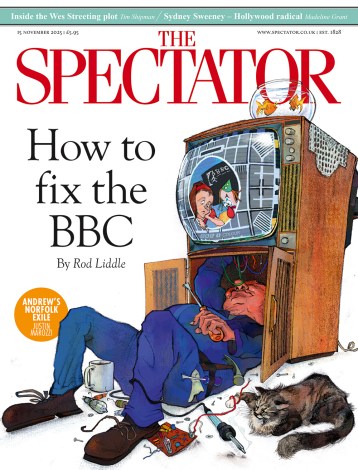Destabilising forces
‘Picasso, Miró, Masson and the vision of Georges Bataille’ is the subtitle of the latest extravaganza at the Hayward Gallery. Georges Bataille (1897–1962) is one of those buzz figures, beloved of the moment, without a quote from whom no contemporary art-speak catalogue introduction is complete. He has been influential as a philosopher as well as

